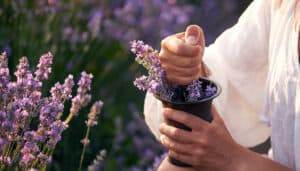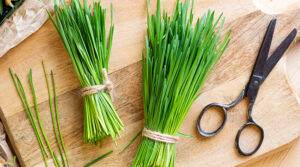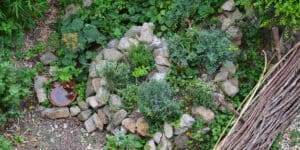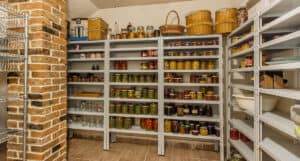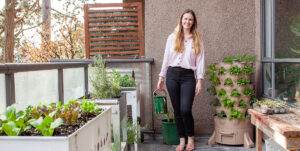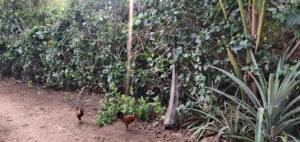Autumn is my favorite season; nature’s cool, the damp scent lingers everywhere, and you can’t escape cloudy but temperate days, where it rains colorful leaves and the deep greens turn to browns and golden yellow. Fall is a reminder that winter is just around the corner, and like nature, preparing for the cold, damp, and sometimes freezing temperatures is necessary for plants and humans. As the landscape change into its autumn form, so is our garden. Frost may have kissed your areas by now, which means many plants are done growing and are preparing to seed, compost, and fertilize for next year. As home gardeners, we can help our garden prepare for winter and spring by emulating what nature does. We can feed, seed, prepare and protect the soil for the next growing season. Below you will find a fall garden to-do checklist that will help you prepare for a healthy and abundant growing season next spring and a few practices for extending this season, winter, and early spring crops.
Extended Your Growing Season
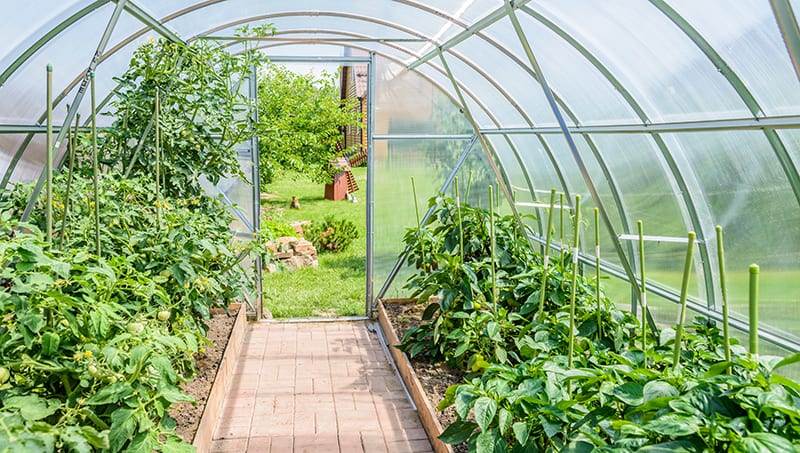
Several plants thrive in cooler temperatures, and a few benefit from a light frost; however, you can extend the seasons even longer with a few simple tools and habits.
Utilizing Greenhouses and Cold-frames
An unheated greenhouse can offer added protection from frost; However, it will not keep out the cold. Check for leaks, close greenhouses, and add mass like compost, buckets of water, and extra mulch to help retain heat for longer. Cold frames and covers can also help protect from frost, and these options are great for extending the season for plants like leafy greens, kale, beets, carrots, and herbs. Placing cold frames over strawberries, herbs, and areas where bulbs are planted can give you an early start in the spring; make sure your cold frames and boxes are winter tolerant.
Mulching for Moisture & Heat Retention
Mulching helps keep moisture and heat in the soil, which also helps amend the ground for the next season.
Planting or Storing Bulbs
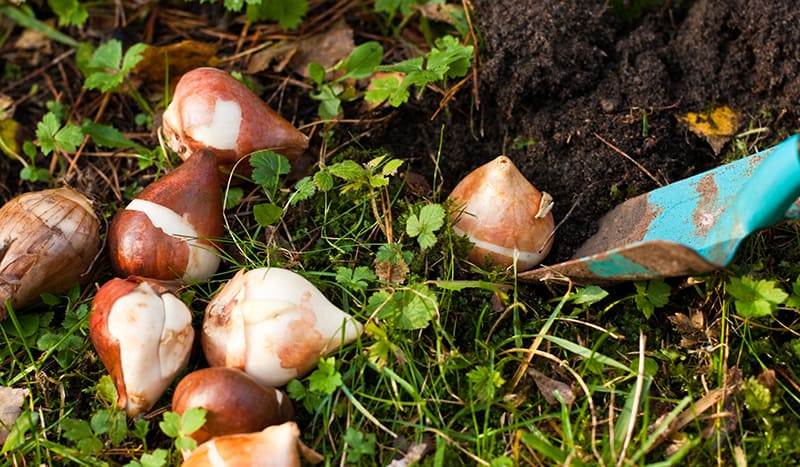
Fall is the perfect time to plant a variety of bulbs, and in cooler climates, it may be a time to dig up some bulbs. We plant bulbs in the fall for two reasons; One, these bulbs require a cold dormancy period which is necessary for a healthy plant to run its natural course and bloom in the spring. The second reason is time; some bulbs need both the cold and the time to grow. For example, garlic can take up to 10 months to be full size, and it’s tough to plant in the middle of January; doing it now gives them the cold and the time they need to grow.
Bulbs to Plant in the Fall
Garlic, onions, shallots, day lily, and asparagus crowns. Plant garlic and onions when the day temperatures remain cold, and frost is a regular occurrence. The other varieties of bulbs should be planted earlier; asparagus should go in as early as possible. Flower non-edible choices include tulip varieties, crocus, daffodils, and many more.
Bulbs to Dig Up
Dig up after all foliage dies back. Store your fall bulbs in a dark, cool area in wood shavings, sand, or newspaper. Most of these bulbs will be flowering non-edible varieties like gladiolas, elephant ears, canna lily, and other tender tubers and bulbs.
Caring for Perennial Plants
Some perennial plants benefit from chopping and dividing. Fall is the perfect time to do that. Once foliage and blooms have died and turned brown, you can divide your plants for transplanting and relocating. Always make one sharp, direct cut thru the root system when dividing plants, don’t saw or ax. Be quick and with the least amount of disturbance to roots as possible. Immediately plant with fresh compost and mulch.
*A cool, cloudy day is the best time to move perennials, plant, and dig up bulbs.
Amending Your Soil
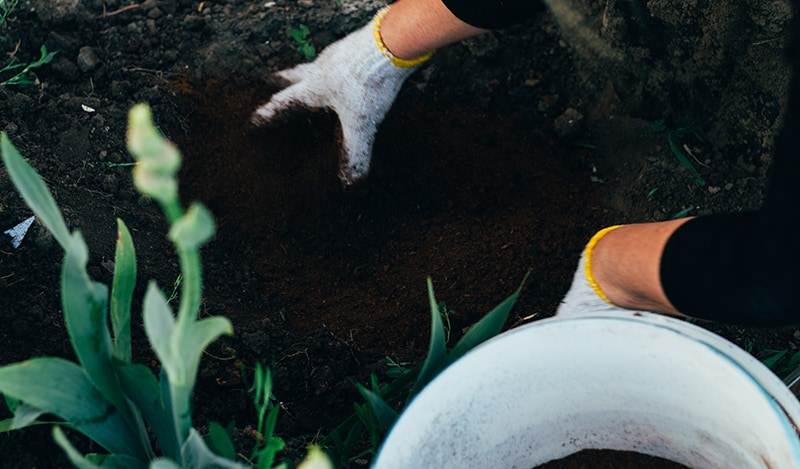
Soil is the most crucial part of your garden; without healthy soil, healthy plants won’t grow. Using more organic methods is the best way to enrich and build nutrient-dense soil. Amending soil in the fall is a great way to prepare for the next growing season. It takes time for good bacteria and microorganisms to work their magic underground. Amending now allows decomposition time and encourages unseen growth beneath the surface, which we need for healthy plants.
Amending your soil means adding organic material that will add natural acidity and alkalinity to help balance the Ph of your soil. A variety of amending practices will ensure you are also adding plenty of vitamins and minerals to the soil, which increases the health of your plants next season.
Soil Amendment Options
- Organic compost from food and yard waste or small animals like chickens and rabbits will add a variety of nutrients that will immediately feed the microorganism.
- Fresh manure in small amounts will fertilize your soil after it has the winter and spring to break down; mix with compost or mulch before spreading.
- Mulch will break down over the winter, add extra nutrients, and leave some mulch for moister retention next season.
- Crushed eggshells, woodstove ash, and chop and drop this year’s crops are good options to add and mix.
- Leaf mulch and straw will break down fast and add nutrients
- Lime will increase the Ph and add minerals to the soil
Fall Fertilizer Recipes
Liquid fertilizers are a great way to add instant nutrients to the soil; some of these can be made now for spring amending and early planting.
Weed Soak- fill a bucket ¾ full with weeds from your yard, chop them up and cover them with water(rainwater or any non-bleached water). Cover with a screen or cloth to keep bugs out. Let it sit for 3-4 weeks. Strain and cover. Store in a dark, cold spot that won’t freeze for the winter. When spring comes, you can use this mix immediately in the greenhouse or garden, no waiting.
Comfrey and fermented nettle brew- fill a bucket ¾ full of chopped-up comfrey and stinging nettle ( USE GLOVES). Cover with water and add one handful of compost or mulch. Stir and cover with a cloth, and store in a cold dark space that won’t freeze.
In the spring, you will find a dark black molasses-type substance; use a teaspoon at a time 1/100 with water and fertilize as usual.
Seed Saving and Sowing
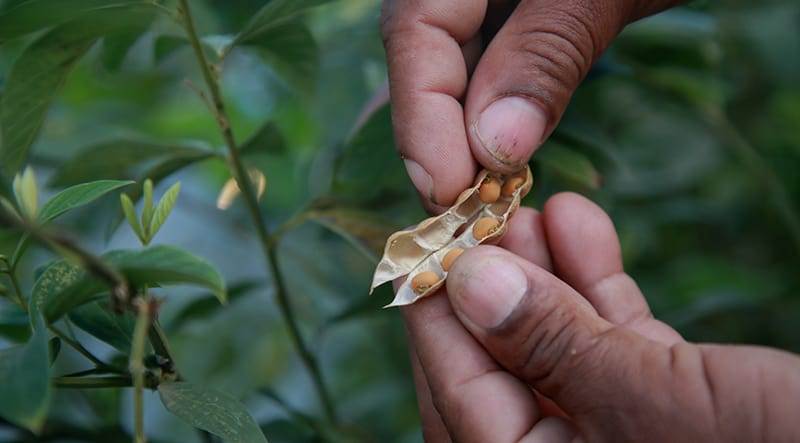
The trees begin to drop nuts and seeds, and flowers and vegetables start producing pods and pockets of seeds; However, many of the plants we grow for food, medicine, and beauty may not be native and cannot survive in a cold climate. That is why it is up to us to collect and save seeds where ever possible and allow our perennials and native species to self-sow.
Collecting Seeds
Seed collection is an ongoing task that can last weeks or months, depending on your plant selections and, of course, your climate and growing zone. Before frost comes, pick seeds and seed pods from fully matured plants, where flower heads, foliage have died back, or pods are brown and hard. Remove larger seeds from pods and allow them to air dry before labeling and storing. For best crop results next season, choose to save heirloom varieties that have already acclimated to your environment, and never save seeds from plants that have any diseases: Label, date, and store seeds in a dark, cool, dry area.
Fall Seed Sowing
There are varieties of edible plants in which the seeds will survive through the winter, which means you can sow them now. If you are in zone 3 or 4, consider adding extra layers of mulch, straw, or cardboard in case of a deep, long freeze. You can do the same thing in other zones for added protection during winter. If you have a winterized greenhouse, you can also sow winter crops right now for mid-winter and spring harvests. Most cold hardy plant varieties, including many perennial flowers and herbs, can be sown in the fall for early spring blooms.
Seeds to Sow Outdoor This Fall
Onion seeds, carrots, turnips, hardy lettuce varieties, radicchio, kale, and collard greens. Non-edible varieties might include lupin, echinacea, daisies, rudbeckia, or varieties native to your location or already meant for your growing zone.
Seeds to Sow for a Winter Crop
Hardy varieties of lettuce, cabbage, turnip, carrots, broccoli, cauliflower, kale, peas, radish, and onion seeds.
Preparing The Garden for Next Season
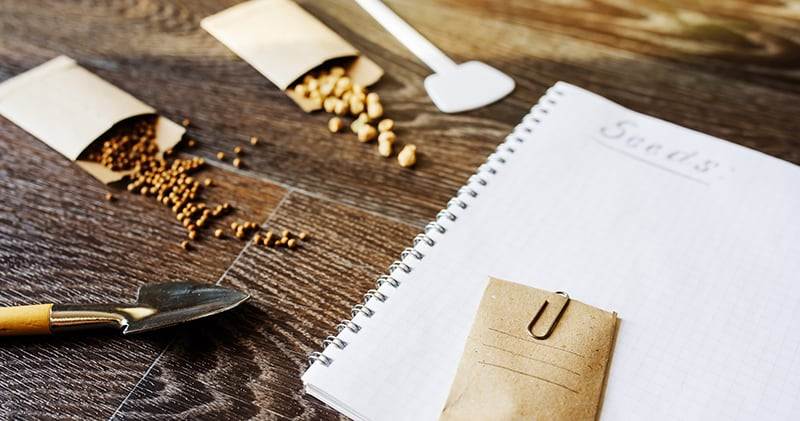
The to-do list could be endless depending on the size of your garden, how organized you are daily, and whether this is new for you or just the usual. Fall is the time to put the garden to sleep, sow some winter crops, and remember to pick up and put everything away. We can also take this time to get excited about next season, by planning and setting goals now. Then, as we venture into winter, we can continue to plan and dream of the next season.
- Put away garden tools and equipment, pots and containers, deco, and solar lights.
- If you haven’t already, take down temporary greenhouses and structures, trellises, tripods, and so forth
- Trim and prune shrubs such as soft fruits, thorny bushes, canes—Hedges, and hardwood herbs.
- Propagate clippings and grow indoors for next spring (providing you have the space and some extra light)
- Make a plan for next year, write it down, draw a garden map, and use planners and workbooks if necessary.
- Research plants, the climate, organic methods, sustainable gardening, edible landscaping, bee gardens, or whatever interests you. Learn more about growing food and medicine.
- Write out your lists of seeds and plants you’ll need, shop around for reputable suppliers, or ask around.
- Yes! Look for other gardeners who want to trade or share; knowledge, seeds, land, etc.
The garden provides us with so much, if we want it to continue to do so, we must do our part. A little preparation really can make a world of difference for next year.

